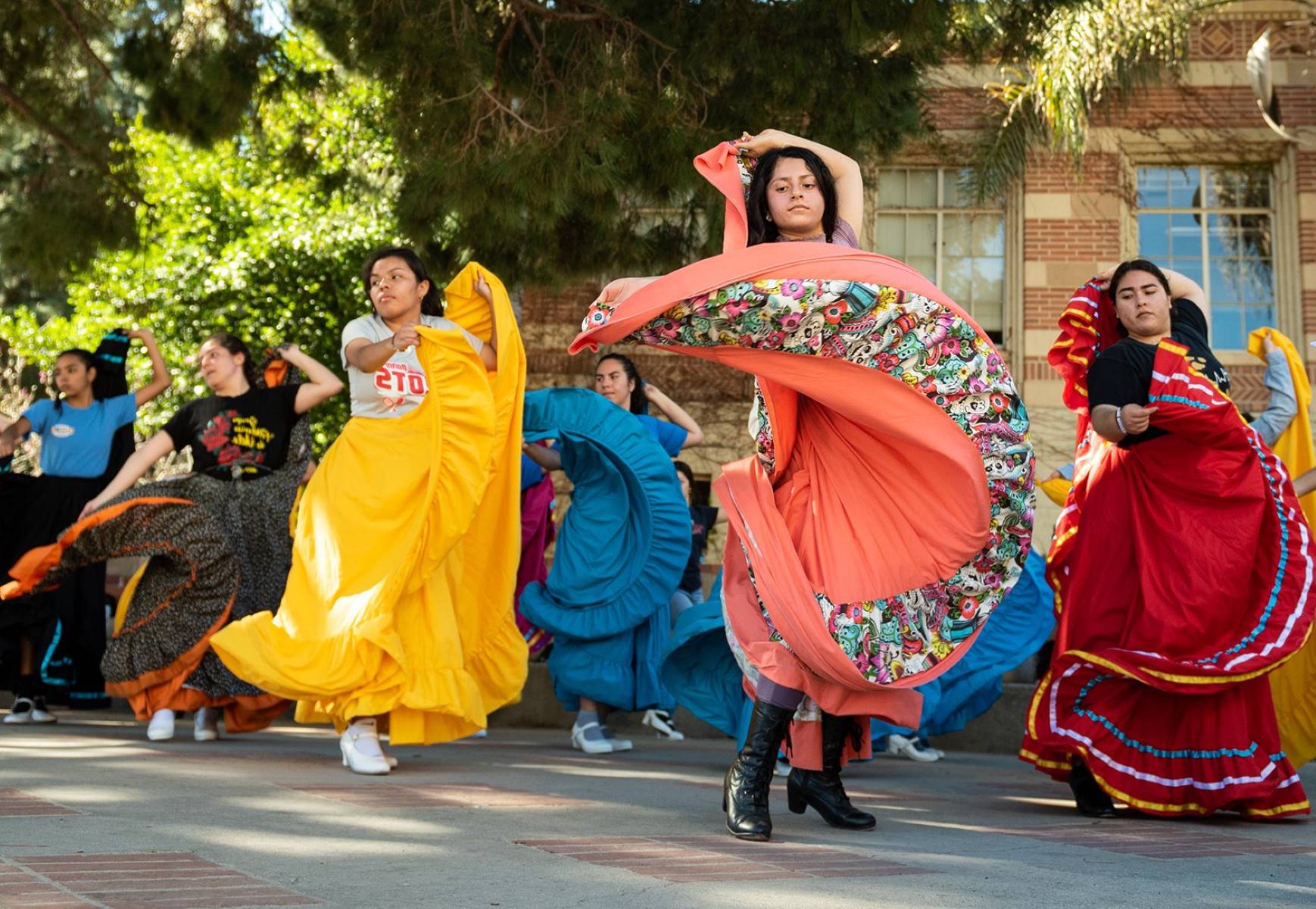Hidden Gems Of Traditional Mexican Dances

Have you ever wondered about the vibrant world of traditional Mexican dances? These dances are more than just steps and music; they tell stories, celebrate history, and bring communities together. From the lively Jarabe Tapatío to the colorful Danza de los Viejitos, each dance has its unique flair and significance. Whether performed during festivals, weddings, or community gatherings, these dances showcase the rich cultural heritage of Mexico. Ready to learn about the rhythms, costumes, and traditions that make these dances so special? Let's dive into the heart of Mexican dance traditions and discover what makes them truly unforgettable.
The Vibrant World of Traditional Mexican Dances
Mexico's rich cultural heritage shines through its traditional dances. Each dance tells a story, reflecting the country's diverse history and vibrant spirit. Let's explore some hidden gems of traditional Mexican dances that you might not know about.
Jarabe Tapatío
Known as the Mexican Hat Dance, Jarabe Tapatío is a symbol of national pride. This dance, originating from Jalisco, is a lively courtship dance performed by couples.
- Guadalajara: The birthplace of Jarabe Tapatío, where you can see it performed during festivals.
- Mexico City: Experience this dance at Plaza Garibaldi, a hub for mariachi music and traditional dances.
- Tequila: Enjoy the dance while sipping on the region's famous spirit.
Danza de los Viejitos
Danza de los Viejitos, or the Dance of the Little Old Men, is a humorous and energetic dance from Michoacán. Dancers wear masks and perform exaggerated movements to mimic old men.
- Pátzcuaro: Witness this dance during the Day of the Dead celebrations.
- Morelia: The capital city offers performances in its historic center.
- Tzintzuntzan: A small town where traditional dances are part of daily life.
La Bamba
La Bamba is a traditional dance from Veracruz, known for its intricate footwork and lively music. It’s often performed at weddings and celebrations.
- Veracruz City: The heart of La Bamba, where you can see it performed at local festivals.
- Tlacotalpan: A UNESCO World Heritage site that hosts an annual festival featuring La Bamba.
- Xalapa: Enjoy performances in this vibrant university town.
Danza de los Voladores
The Danza de los Voladores (Dance of the Flyers) is an ancient Mesoamerican ritual where participants climb a tall pole and descend gracefully while spinning.
- Papantla: The birthplace of this dance, where you can see it performed regularly.
- Cuetzalan: A picturesque town that hosts traditional Voladores performances.
- Tajín: An archaeological site where the dance is performed during the Cumbre Tajín festival.
Concheros
Concheros is a pre-Hispanic dance that blends indigenous and Spanish influences. Dancers wear elaborate costumes and play conch shell instruments.
- Mexico City: See Concheros at the Plaza de las Tres Culturas, a site symbolizing Mexico's cultural fusion.
- Querétaro: A city known for its vibrant Concheros community.
- San Miguel de Allende: Experience this dance during the town's many cultural festivals.
Sones de Tarima
Sones de Tarima is a traditional dance from the Huasteca region, characterized by its rhythmic footwork performed on a wooden platform.
- Tampico: A coastal city where you can enjoy Sones de Tarima at local events.
- Ciudad Valles: Known for its Huasteca culture and traditional dances.
- Huejutla: A town where Sones de Tarima is a staple of cultural celebrations.
Danza de los Tecuanes
The Danza de los Tecuanes (Dance of the Jaguars) is a traditional dance from Guerrero, depicting a hunt for a jaguar. Dancers wear colorful costumes and masks.
- Chilpancingo: The capital of Guerrero, where you can see this dance during local festivals.
- Taxco: A silver mining town that hosts traditional dance performances.
- Acapulco: Enjoy the dance along with the city's famous beaches and nightlife.
Embracing Mexico's Dance Heritage
Traditional Mexican dances offer a vibrant glimpse into the country's rich culture. From the lively Jarabe Tapatío to the passionate Danza de los Viejitos, each dance tells a unique story. These dances are more than just performances; they are a celebration of history, community, and identity. Experiencing these dances firsthand, whether at a local festival or a cultural event, provides a deeper understanding of Mexico's heritage.
Next time you visit Mexico, take the opportunity to witness or even participate in these traditional dances. You'll not only enjoy the colorful costumes and energetic music but also connect with the heart and soul of Mexican culture. So, lace up your dancing shoes and get ready to be enchanted by the rhythms and stories that have been passed down through generations.

